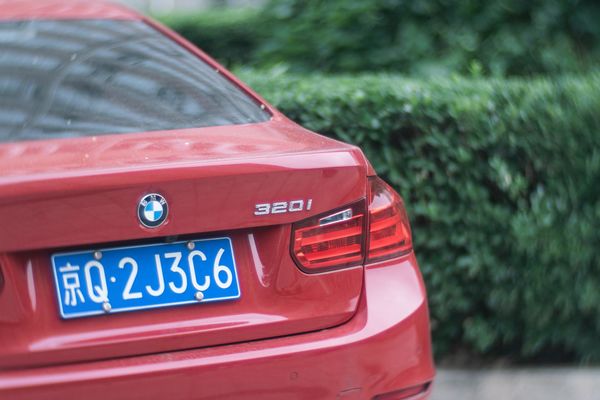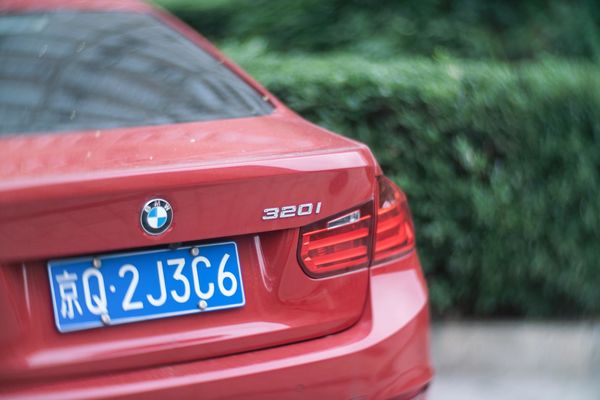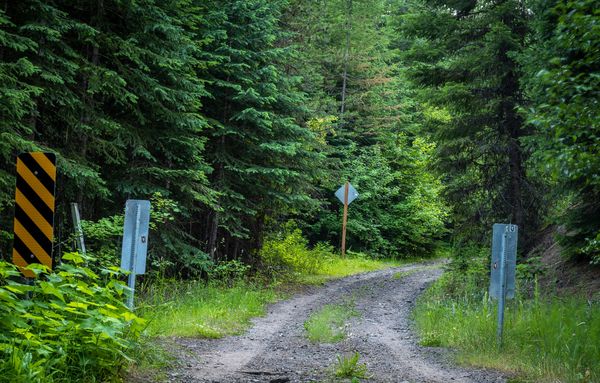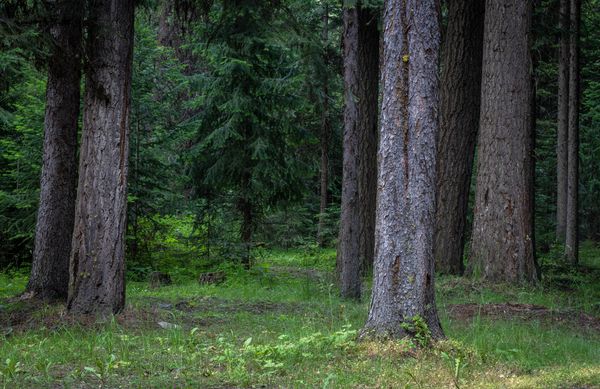Performance Difference between APS-C and Full frame digital cameras
Jul 10, 2018 03:00:47 #
Do remember that if you shoot trying to isolate subject from background, and especially if you use vintage lenses that have unique bokeh characteristics, there is a very large difference between FF and crop. Here is a shot with an old Angenieux lens, shot on FF and then in crop mode on a Sony A7RII, moving back enough in crop mode to have the same subject size. Note the difference in the background rendering.
Jul 10, 2018 03:48:00 #
I have an A6000, which I love, and a D750 FF. They both take great pictures, but the D750 is much better in low light. That is the biggest performance difference to me.
Jul 10, 2018 06:52:05 #
kymarto wrote:
All good as long as you shoot from a tripod and nothing in the frame is moving.
That is the reason for hires. Landscape and still life.. although now that the k1 mark2 can be hand held with their implementation of a hi res mode, Olympus has no excuses anymore. So the next new Olympus camera should include it as well.
I put my em5 mark2 tonight on a chair that was not very stable and there was also some breeze which you can see in some of the leafs on the right side.
The second photo looks good but I haven’t really looked yet.
PS: I’m on an iPad Pro and only have two option to upload. Full size or 2048px. This is the small size of course, but you can still zoom in pretty good.
Jul 10, 2018 08:04:12 #
shieldsadvert wrote:
I am thinking of buying the Sigma 30mm, 1.4 but for my NEX-6 camera but have heard some problems with the focusing on this lens. Have you experienced this?
Thanks,
Bill
Thanks,
Bill
Which one? The "C" or the older version?
Jul 10, 2018 08:13:43 #
burkphoto wrote:
Yes, all — ALL — other things being equal, larger ... (show quote)
However, in real life, all things are never equal. As you point out, a sensor is part of a system and should be evaluated as part of a system for a selected purpose. An APS-C sensor matched with a focusing system matched with a lens to capture a shot at a distance in daylight might yield the best large print. While for landscapes, as you point out, a FF sensor (regardless of AF system since you can get arguably better results manually focusing) during the golden hour would yield a better result. My point being, trying to generalize about sensor size in isolation from the system and goal is sort of pointless.
Jul 10, 2018 12:44:29 #
dsmeltz wrote:
My point being, trying to generalize about sensor size in isolation from the system and goal is sort of pointless.


..
Jul 10, 2018 17:42:35 #
Well, I only turned to Roger N. Clark after my own experience and testing showed better results from the APS-C camera. But I am impressed with your confidence. Ken
Jul 10, 2018 20:07:31 #
dsmeltz wrote:
However, in real life, all things are never equal.... (show quote)
Quite true! Let’s all go out and use what we have. Tell your stories, folks!
Jul 10, 2018 20:26:17 #
dsmeltz wrote:
... trying to generalize about sensor size in isolation from the system and goal is sort of pointless.
Not entirely pointless.
If you change too many variables at once you will never be able to isolate the contribution made by each.
The proper scientific approach is to change a single variable at a time and consider its effect while keeping all other variables unchanged - controlled.
As you learn how one aspect affects the final image on its own you will be in a better position to understand how the parts combine to make up the whole.
For example, in testing film you can change exposure, development time, agitation, chemistry and developer concentration. You can't isolate the effect of one variable if you change all the others at the same time.
Jul 12, 2018 07:24:56 #
Apaflo wrote:
Actually the real "theories and numbers"... (show quote)
Those are exactly the reasons I went with a crop sensor (D7200)...also looked at hundreds and hundreds of digital images taken by others from D6xx and D7xx cameras with high end lenses and was not impressed with the difference - in most cases could not tell or the detail on the crop looked way better to me. The D8xx series, now that's another story - especially love the D850 from images I've seen. I like shooting in bright light mostly (daylight shooter or flash/led) so high ISO performance is not critical for me. I would rarely print larger than 8x10 let alone 16x20 (no Times Square jumbotrons for me!). For me FF is a "want" rather than a "need" - but eventually GAS will get the better of me - eventually D850, Sony A7 series, or I might go M43 OM-D M1 or the rumored Nikon Z mount ML.
Jul 12, 2018 07:45:06 #
Jerrin1 wrote:
Up until about a month ago I had been using APS-C ... (show quote)
an honest evaluation...thank you for that, I especially like the "merely changed formats" comment.
If you want to reply, then register here. Registration is free and your account is created instantly, so you can post right away.













